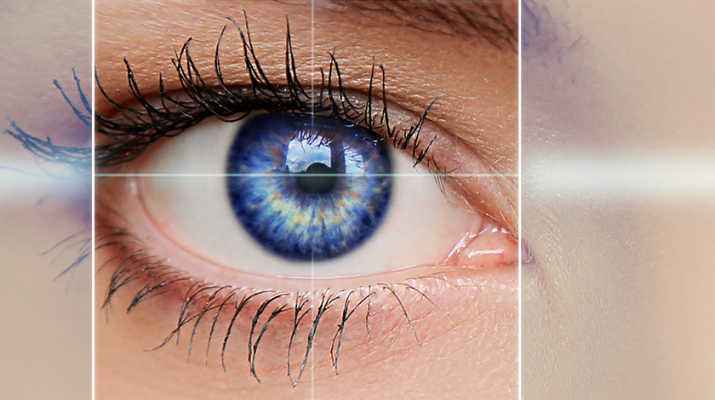By Deborah Jeanne Sergeant

More than half of people will have cataracts by age 75, according to the American Academy of Ophthalmology. Cataract surgery is a simple out-patient procedure and most insurers cover it. Scientists are working on drops that seem to dissolve cataracts in animal testing; however, human trials and subsequent FDA approval are needed before it’s available to treat patients.
In the meantime, cataract advances in surgical technique and materials have helped improve patients’ vision.
Kathleen Otto, marketing representative for Fichte Endl & Elmer Eyecare in Niagara Falls and Amherst, said that her office introduced laser cataract surgery to Western New York four years ago.
She said the laser technique makes the treatment so precise “there’s very little room for error versus the surgeon’s hand.” She said that although surgeons are very skilled, they’re not as exact as the laser. “It gives us quicker recovery and usually better outcomes,” she said about laser treatments.
A laser from the outside divides the cataract into very tiny pieces and makes the incision over the cornea.
The newer lenses also help improve distance and near vision and astigmatism. According to the American Academy of Ophthalmology, 23.9 percent of the American population age 40-plus — more than 34 million — are myopic (nearsighted). Almost 14.2 million of the same age group are hyperopia (farsighted). Nearly one in three Americans has astigmatism and 150 million wear corrective eyewear.
Otto said that the newest lenses used in cataract surgery can improve vision and reduce dependency on glasses.
“We have multi-focal lens lenses, which are for very active people who want to see near, distance and intermediate,” Otto said. “These lenses may reduce or even eliminate their need for glasses.”
Her office can also offer astigmatism correction with relaxing incision, laser or with an astigmatic correcting lens implant.”
The surgery is done in less than 15 minutes with only a medication to help patients relax. Patients experience no pain or discomfort during the procedure.
Post-surgical eye drops are pretty easy for most patients to administer. Though patients may not lift heavy objects for a week after surgery, they can return to normal activity without restriction.
“Drop-less” surgery offers patients surgery without adding drops at home. For patients who live alone or do not like eye drops, the option can make follow-up care easier.
However, Daniel Cotter, ophthalmologist with Eye Care & Vision Associates in Buffalo, Orchard Park, Niagara Falls and Williamsville, said that administering the antibiotics and steroids during the procedure doesn’t give as lasting of an effect as the regimen of drops at home.
“The drop-less method we reserve for the debilitated or sick or those incapable of putting in drops,” he said. “I think you get the optimal results with drops. If the medicine is absorbed too quickly, they may need to go on drops anyway.”
Cotter said that many patients wonder if cataracts can grow back. While cells in the eye can cover the sack that holds the lens implant, they can easily be treated painlessly with the laser.
“Generally speaking, it should be long-lasting,” Cotter said. “It’s hard to suggest it’s lifelong because stigmatic effects of the eye can change over a long period of time.”
While insurance generally covers cataract surgery, custom lenses are out-of-pocket, about $2,500 to $3,000 per eye, he said.

